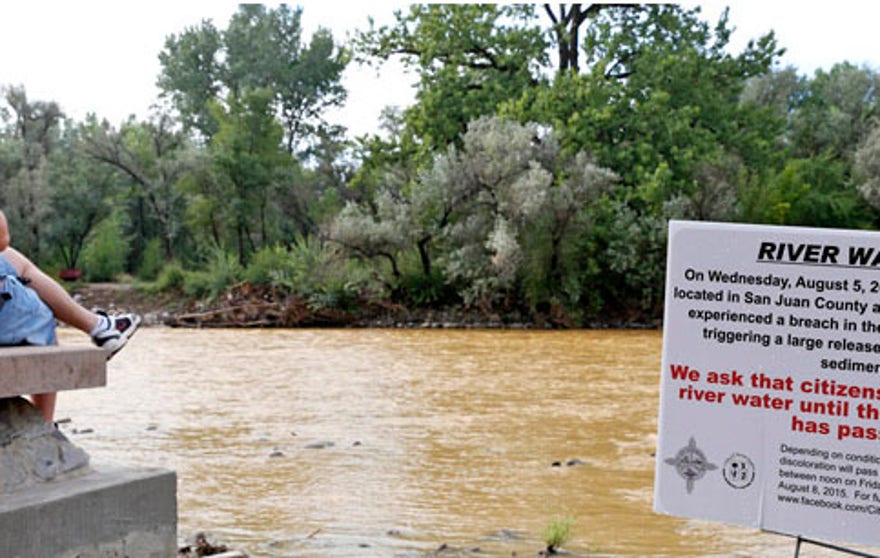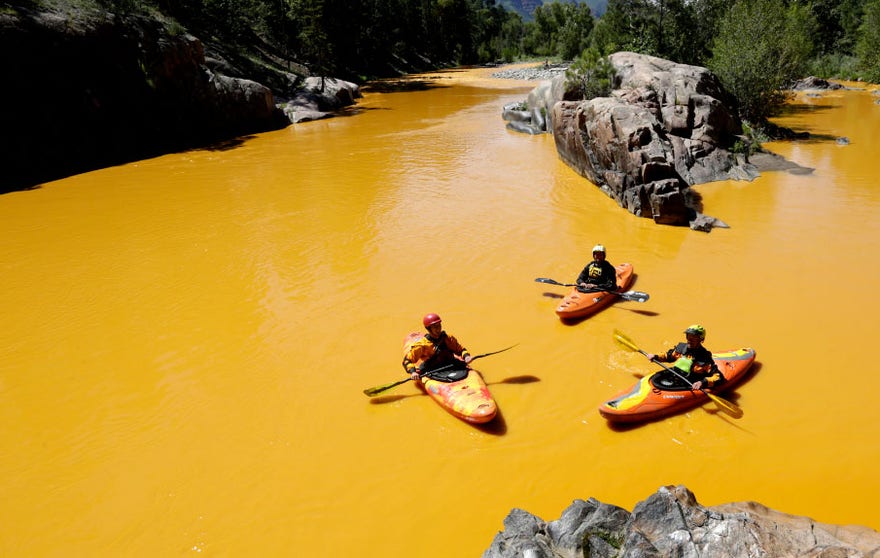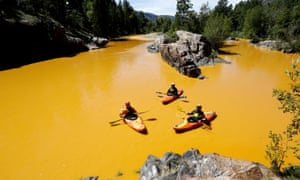Thousands of New Mexicans will need to shop for new health insurance plans later this year after a decision by Blue Cross Blue Shield to stop offering individual insurance plans through the state health exchange beginning Jan. 1.
Company President Kurt Shipley announced the move Wednesday in a letter to individual customers that was also posted on the insurer’s website, www.bcbsnm.com.
The letter said Blue Cross Blue Shield of New Mexico lost $19.2 million in 2015 on the 35,000 individuals covered by plans they purchased on and off the exchange.
“We were unable to reach an agreement with the Office of Superintendent of Insurance … that would allow us to continue to offer coverage on the state’s health insurance exchange with rates that would be adequate to cover the anticipated needs of our members for the coming year,” Shipley wrote.
Blue Cross will offer a basic-level insurance plan outside the exchange in 2016, which will be available to all consumers at the same rate as in 2015.
Insurers can sell health insurance to individuals off the exchange as long as they comply with the same rules under the Affordable Care Act. But consumers who don’t buy through the exchange are not eligible for premium subsidies.
The ACA subsidizes premiums for consumers who purchase their plans through exchanges, based on income.
Existing policies will remain in force until the end of the year. And the insurer’s small group, large group, commercial, Medicare Advantage Prescription Drug, Medicaid and individual dental plans will not be affected.
Insurance Superintendent John Franchini earlier this month rejected Blue Cross Blue Shield’s request for a rate increase averaging 51.6 percent. Franchini said he was prepared to instead approve a 24 percent increase and was waiting for Blue Cross Blue Shield’s response.
He had approved much smaller rate increases for the other insurance companies that offer plans on the exchange – Presbyterian Health Plan, Molina Healthcare of New Mexico, Christus Health Plan and New Mexico Health Connections.
Those insurers say they are willing to accommodate Blue Cross members who decide to pick their plans. The open enrollment period to purchase plans on the exchange will begin Nov. 1.
“We are extremely disappointed that BCBSNM will not be an option for our customers on the New Mexico Health Insurance Exchange in 2016,” Shipley said.
Franchini said Blue Cross could return to the exchange after one year and offer plans for 2017.
Blue Cross actually lost more than the $19.2 million the company cited in the letter Wednesday but received more than $23 million from a pool set up by the Centers for Medicare and Medicaid Services to help insurers offset unusually high claims. The pool is financed with mandatory contributions from insurers.










